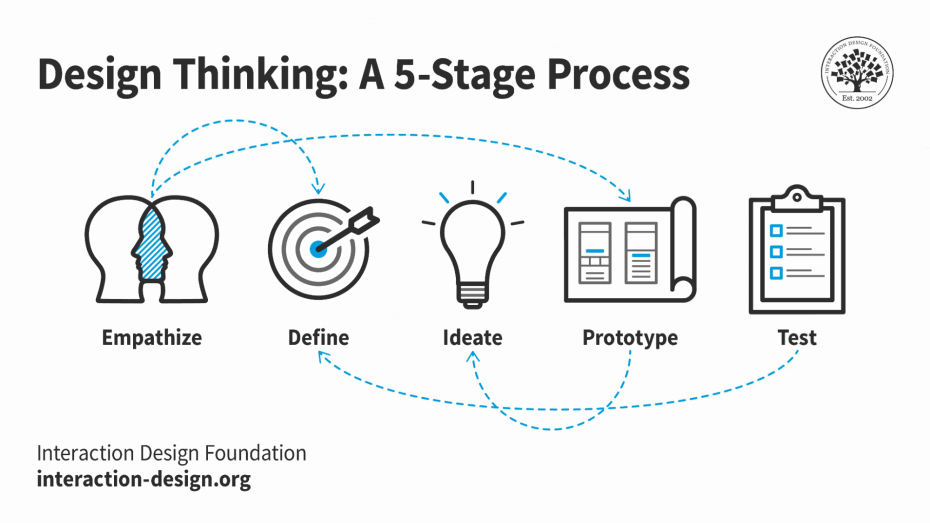Inclusive curriculum does not just happen. It requires purposeful design that takes account of the needs and strengths of all those who will be accessing it in order to create an equitable and socially just learning experience. This, in turn, requires the designers (you) to set aside your own assumptions about education and invest in truly understanding the perspectives of our diverse student body.
Only through this process of developing empathy can we design a curriculum that is relevant and engaging to everyone, enabling every single student to feel a sense of belonging as an Oxford Brookes student.
“There’s a huge difference between ‘all are welcome’ and ‘this was created with you in mind.”
Dr Crystal Jones, 2019

